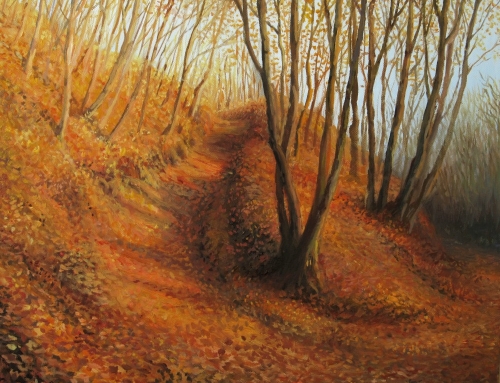We just got a puppy. And going around with our puppy warms my heart.
Of course the puppy’s delight with everything in the world from an ant to a new stick is heart warming.
But the reactions of people touch me the most. It is amazing what one look at the puppy does.
Suddenly total strangers walk up to me and start making funny sounds.
Strangers who don’t mind being bitten by those sharp puppy teeth run out stores to give our puppy a treat; stop their car to give the puppy a hug, and give free drinks to the puppy’s owners.
Many people melt when seeing a puppy. Boundaries disappear, people become less self-focused, and suddenly we are connected.
I started wondering if it would be possible to create that same feeling of connection in a change process.
Change processes can unsettle employees. Of course some employees will love the changes and embrace those. But other employees will be skeptical and wonder why this change is necessary. Others will resist.
To be able to create a sense of connection in which employees are less self-focused, less individualistic, and feel more connected to each other would be great in those circumstances.
But the question is of course, is that possible? Is it possible to create such a feeling of connection in a change process? And if so, how do you do that?
Then a couple of days later I read about research done by two professors, Paul Piff and Dacher Keltner.
Their research gave an answer. Paul Piff and Dacher Keltner’s research – to be published in Journal of Personality and Social Psychology – shows that creating a feeling of awe leads to people who are less self-focused and more connected to each other.
Awe shifts our focus from self-interest to the interests of the team that we belong to.
An awe experience brings employees together and motivates to collaborate.
Many things can create a feeling of awe.
Not only our puppy that looks like a little bear.
Those feelings of awe can be created by nature (a beautiful mountain lake or a sunset); music (I still remember the goose bumps that the father of the bride gave me singing Ave Maria at my friend’s wedding) or an inspiring story.
But how do you create that feeling of awe in a change process?
Some of my favorites:
1. Slow down to recognize and acknowledge awe moments
Many organizations have awe moments. But we are going too fast to recognize those moments as an awe moment. Slow down and actively look for those moments. Slow down and become aware of these awe moments. Slow down and acknowledge those moments.
Like professor Jonathan Haidt – another researcher studying awe – said:
I am very aware that I’m just rushing as fast as I can and I am not stopping to smell the roses, I am passing up opportunities for awe right and left. I think time pressure is the greatest killer of these experiences that there is.
2. Give employees an awe moment with touching stories
Stories can create that goose bumps feeling.
Like the story of Johnny, a grocery store bagger with Down syndrome who created customer loyalty. He provided service from the heart.
Every day Johnny put “A Thought of the Day” in the customer’s bags (and if he couldn’t find a “Thought of the Day” he likes, he said that he just thought one up). Soon customers lined up before his cash register to get Johnny’s Thought of the Day.
(If you want to read the whole story, this is a video about Johnny: https://www.youtube.com/watch?v=sepARXV8MRI)
3. Paint an Awe Picture of the Vision
Create a vision that leaves people in awe.
Keep in mind that to experience awe employees need to get a mental image of the vision. So, take care that in your communication you create a picture of the vision.
Please let me know your methods of creating awe moments in a change process or in your leadership. I would love to hear those.















Leave A Comment